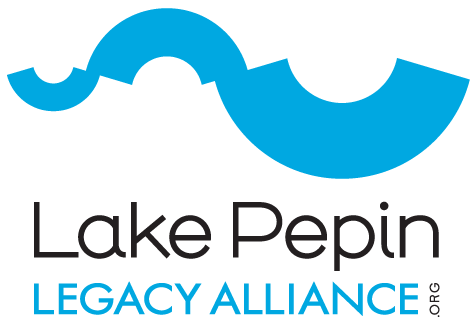Problem Overview
Every year, a sediment load the size of a city block filled to a building 32 stories tall accumulates at the head of Lake Pepin. The sedimentation rate is now 10x above normal with the Minnesota River contributing 80-90% of the annual load. Sediment accumulation in Upper Lake Pepin has contributed to record boat groundings, isolated communities, and an ecological vulnerability to collapse.
The problem is not new, but it’s reaching a critical tipping point. The Minnesota Pollution Control Agency (MPCA) has determined that the Minnesota River needs to reduce its sediment load by 50% to protect Lake Pepin. The interim goal of a 25% reduction by 2020 was not achieved.
As upstream stakeholders struggle to make meaningful sediment reductions, conditions in Lake Pepin are getting worse. That’s why LPLA is implementing a dual approach that includes sediment reduction and local restoration. Sediment reduction is the only sustainable option, but local restoration is necessary to maintain current uses, reverse ecological degradation, and redirect sediment input to have less overall impact.

